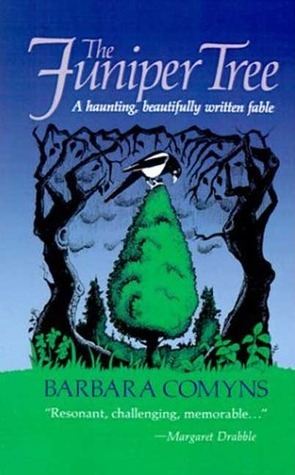What do you think?
Rate this book


192 pages, Paperback
First published January 1, 1985
Q: Macabre is macabre because there is a horrible witch casting spells right in your face ?Barbara Comyns' tale of the macabre goes confidently in the opposite direction, lulling the reader, in this nicely poignant story of an 80s London single mother and her child. The gradually-more-sleepwalking quality begins in the early proceedings and builds throughout the story.
A: No.